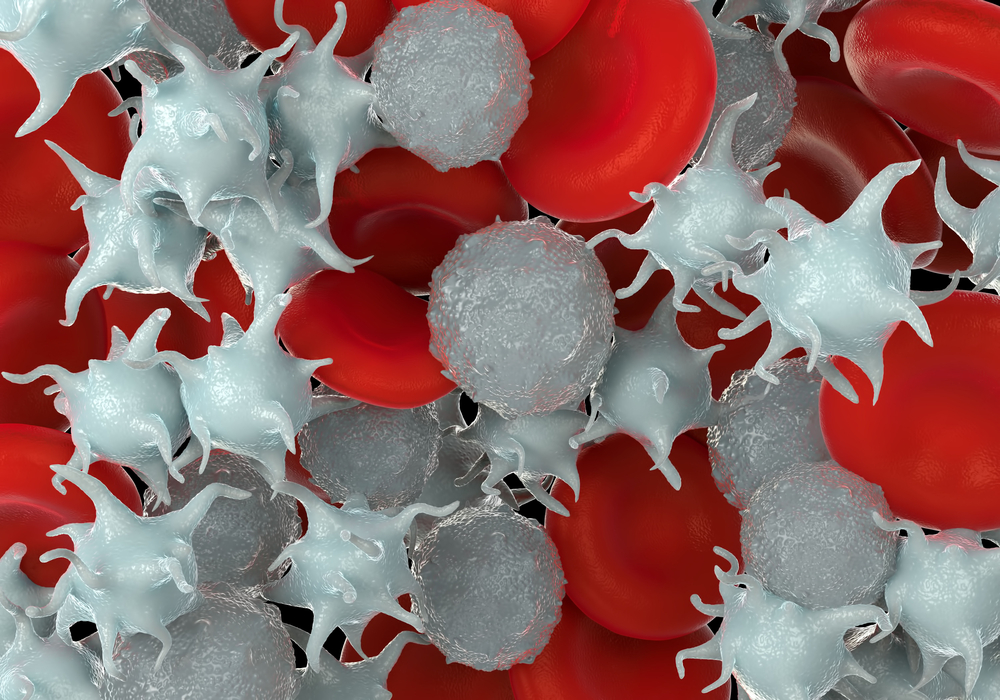Decreased Expression of Specific Immune Receptor Associated With Increased SLE Severity

In a new study entitled “Association of BAFF, APRIL serum levels, BAFF-R, TACI and BCMA expression on peripheral B-cell subsets with clinical manifestations in systemic lupus erythematosus” researchers investigated the role of B cells’ cytokines and receptors in the pathogenesis and development of systemic lupus erythematosus (SLE). The study was published in the journal Lupus.
SLE is a systemic autoimmune disease characterized by an overactive response of the immune system, particularly from B and T cells. B cells are a type of white blood cell responsible for producing antibodies but also capable of releasing a broad variety of cytokines, signaling molecules that are secreted and aid in the communication between immune cells and stimulate the movement of immune factors towards sites of inflammation.
SLE underlying causes remain largely unknown, however in this study, the team investigated possible mechanisms responsible for B cells’ hyperactivity in this disease. They focused on two cytokines – B-cell-activating factor (BAFF) and a proliferation-inducing ligand (APRIL) – and their receptors expressed on B cells, the BAFF receptor (BAFF-R), transmembrane activator and cyclophilin ligand interactor (TACI) and B-cell maturation antigen (BCMA), since their leading role in B cells’ selection, maturation and survival has been already reported.
Researchers measured the levels of BAFF and APRIL in blood samples from 30 SLE patients (recruited from the Rheumatology Department of the Hospital General de Occidente in Zapopan, Jalisco, Mexico) and analyzed their BAFF-R, TACI and BCMA expression. The results demonstrated that the levels of both BAFF and APRIL were high in SLE patients’ blood and correlate with disease severity index, measured according to the Mexican version of the Systemic Lupus Erythematosus Disease Activity Index (MEX-SLEDAI). In fact, the level of inactive B cells was significantly decreased in SLE patients when compared to healthy controls, along with an increase in reactive B cells, further supporting the role of these cells in the pathogenesis of SLE. Additionally, the team found that BAFF-R, TACI and BCMA expression was reduced in SLE patients’ B cells and was associated with SLE severity.
The authors highlight that their findings show the levels of the BCMA receptor, which has been poorly studied thus far, is significantly decreased in SLE patients, suggesting its absence can potentiate SLE pathogenesis.






